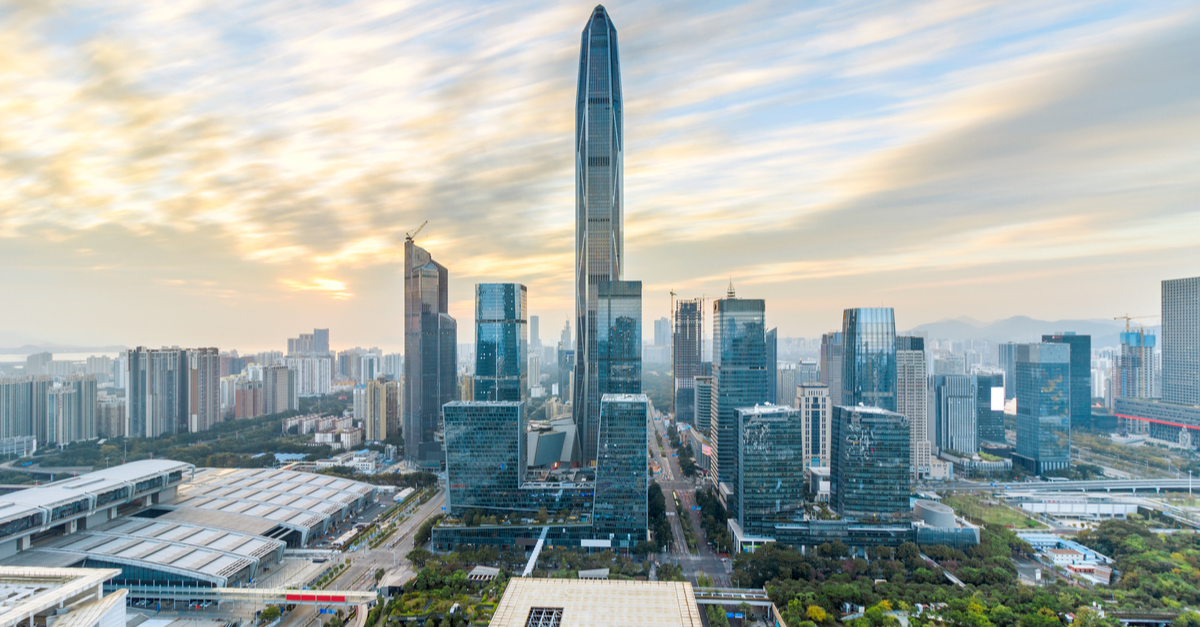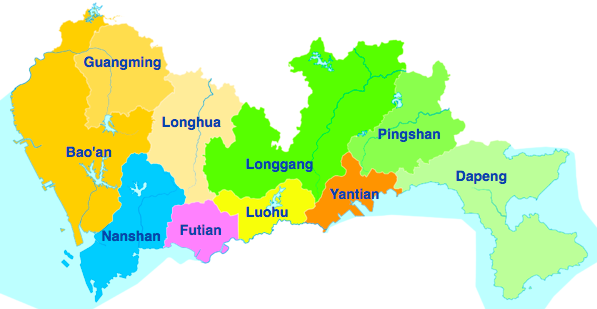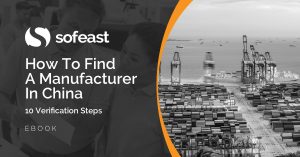 Many Hong Kong people still shiver when they hear “Shenzhen”. It used to be a very poor patch of land along their border with the mainland. Unsurprisingly, Hong Kong people were seen as an easy target for Shenzhen criminals. But things have changed a lot.
Many Hong Kong people still shiver when they hear “Shenzhen”. It used to be a very poor patch of land along their border with the mainland. Unsurprisingly, Hong Kong people were seen as an easy target for Shenzhen criminals. But things have changed a lot.
Nowadays, most Shenzhen residents are happy with their lives. When they visit Hong Kong, they wonder how people can survive in such a tiny, cramped environment, where the basic necessities of life are so expensive.
Recently a bunch of glowing articles about Shenzhen appeared in the Western press. They tend to focus on the long list of tech companies headquartered in Shenzhen: Huawei and ZTE (telecom equipment, phones…), Tencent (the only other internet company at Alibaba’s scale in China), DJI (drones), OnePlus (mobile phones)…
MakerBot, the famous 3D printing company, was a big advocate of “Made in USA”… until they moved production to Shenzhen!
Quite simply, the North of Shenzhen might be the best location in China, and even in Asia, for a manufacturer of complex products.
To understand Shenzhen’s attractiveness, let’s look at a map:
(Source: Wikipedia)
The center: Luohu, Futian, Nanshan
That’s downtown Shenzhen — basically, it is all along the border with Hong Kong.
Ten years ago, Shenzhen was a real manufacturing city. Shenzhen residents used to go to Hong Kong for any “Western” activity/resource, and it was a very Chinese city (a little rough for expats).
Now it hosts many service/business activities too. A new central business district was nicely planned, and feels much better than the old CBD in Luohu. Most of the petty crime that is endemic to areas of South China (especially where there are many migrant workers) have disappeared thanks to tens (hundreds?) of thousands of surveillance cameras.
The Shekou neighborhood, with a few (but not all) international schools and a relatively good environment for expats, is better linked to the rest of the city (through metro and a highway).
The expat community is growing — some of them coming from Shanghai for the purer air. The Chambers of Commerce even told me Shenzhen has more new arrivals than Hong Kong.
The industrial areas: Bao’an, Guangming, Longhua, Longgang, Pingshan
Some of these areas are still rough. That’s where Shenzhen’s massive industrial base is located. There have also been a number of developments of residential areas, some of them connected to the metro.
Many factories are only 30 min away from downtown by car, and less than an hour from Hong Kong’s New Territories. It means many managers and engineers can work there but live in an area they deem decent.
What about the local workforce? Most Shenzhen residents self-selected to move to the city with the highest salaries in China! It means the most hard-working and ambitious young Chinese people came to the border city. Hiring good middle managers and smart office staff is much easier in Shenzhen than in neighboring Dongguan, which is still very much a manufacturing city.
Another big advantage is the absence of “not born here” syndrome. From my observations, most city residents have come from another province over the past 20 years. There are no “real Shenzhen people”, the way “real Shanghai people” think of themselves.
However, a real issue is the instability (and high turnover) of young migrant workers. They need dormitories, they often hate the local food, and they are not projecting themselves in this area for very long in the future.
A cluster of electronic factories
The production of electronics takes place mostly within 150 km around the center of Shenzhen (I am including the 2 neighboring cities of Dongguan and Huizhou). There is even a huge marketplace for components.
This is a dynamic and growing industry, with margins usually much higher than average. As more IoT (“Internet of Things”) products get in production, it can only get busier in the near future.
However, the centers of innovation are still far away. Most manufacturing projects come to Shenzhen after design and basic prototyping have been completed. A lot of the engineering is done here, but not the most value-added activities.
Infrastructures are top notch
Here is a short list:
- A new and busy airport with plenty of space to grow.
- Good connections to Dongguan and Guangzhou (on 2 train lines), and soon also to Hong Kong.
- Two ports (three if the one in HK is included).
- Plenty of highways, and a growing number of metro lines
Hong Kong’s rule of law and low taxes
Many businesspeople in Shenzhen have a company in HK for contracts with foreign companies, and only have a a ‘cost center’ on the mainland side. It is a big advantage.
Much has been written about the Qianhai Bay special zone. So far it has offered no practical benefit for businesspeople I know. It might be a big deal if it ensures the same internet connections and the same regulations as HK, though. Wait and see…
Is Shenzhen a first-tier city, on par with Beijing and Shanghai?
I am not sure about that. It seems to be overtaking Guangzhou as the “major” business city in South China. However the decision centers in the area are spread between three cities — Hong Kong, Shenzhen, and Guangzhou. And, since Shenzhen is not a provincial capital, it doesn’t have the consulates, the regional Chamber of Commerce offices, etc.
Will Shenzhen become the center of the Hong Kong – Shenzhen – Guangzhou megapolis? Who knows. After all, Philadelphia was destined to be the most important American city, and surprisingly it has been surpassed by nearby New York…
So one risk for manufacturers (at least those that haven’t bought the land they are sitting on) in the mid- to long-term is that Shenzhen becomes so successful and wealthy that costs rise much faster than in second- or third-tier cities.
++++++++
Update: Dan Harris on the China Law Blog is even more positive than me when it comes to the importance of Shenzhen for “Internet of Things” products:
I will raise Renaud one by saying that for most hardware and for virtually all IoT products, Shenzhen seems to have become just about the ONLY place for manufacturing in China, and, to a large extent, in the world. I cannot even think of even one of our IoT clients not tied in with Shenzhen. It’s possible such a client exists, but every single one that springs to mind is linked to Shenzhen.
As IoT continues to boom, Shenzhen no doubt will as well.
Source: Shenzhen, China, 24/7, and the Internet of Things
Are you wondering how to find a manufacturer in China who is well-suited to your needs and can also deliver on their promises?
Sofeast has developed 10 verification steps to help you find the right manufacturer. They’re shared in this FREE eBook: “How To Find A Manufacturer In China: 10 Verification Steps.”
It covers:
- Background checks
- Manufacturing capabilities
- Quality system auditing
- Engineering resources
- Pricing, negotiation, & contracts
- …and much, much more
Just hit the button below to get your copy:



Shenzhen best city for WOFE
1. It’s close to Hong Kong but cheaper.
2. It’s become the electronics hardware center for China, and not just for manufacturing, but for design and engineering.
3. It may not be as exciting as Shanghai or Beijing, but it’s the best place for business.
4. It is a nice place with a number of good international schools.
5. It is a lot less expensive than Shanghai or Beijing.
Made in china equal to made in shenzhen.
shenzhen is the youngest city in china,shenzhen is the most innovative city.